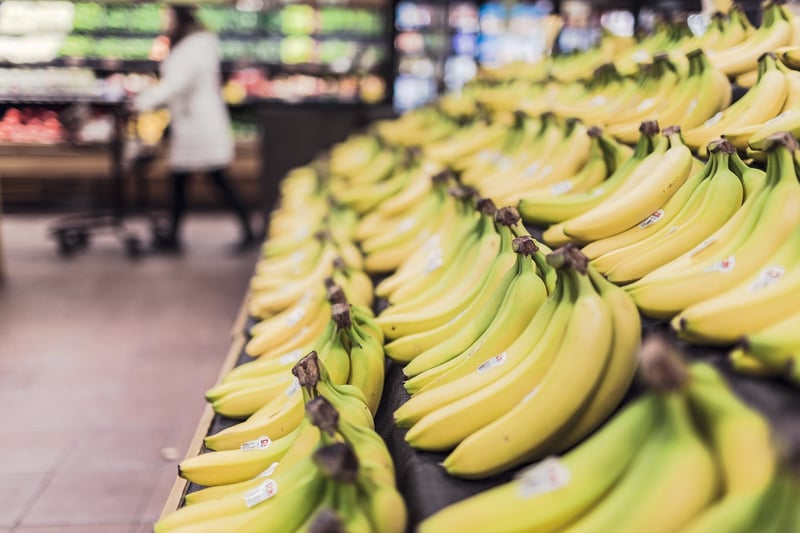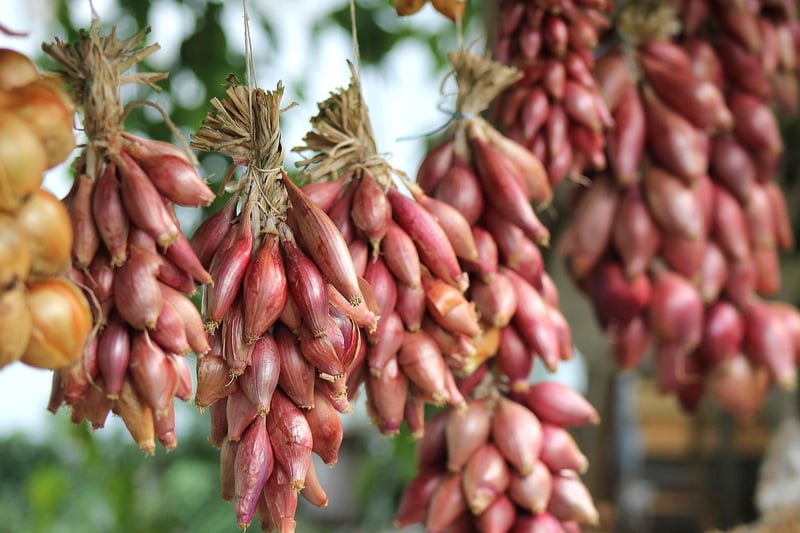Storage Techniques
Optimizing Crop Yield and Quality + Storage Techniques
The Importance of Optimizing Crop Yield and Quality
For farmers and agricultural professionals, maximizing crop yield and ensuring high quality are crucial for profitability and sustainability. By implementing best practices and utilizing effective techniques, it is possible to achieve optimal results in crop production.
Strategies for Optimizing Crop Yield and Quality
1. Soil Health Management
Healthy soil is the foundation for successful crop production. Regular soil testing, proper fertilization, and crop rotation can help maintain soil health and fertility, leading to improved yields and better-quality crops.
2. Irrigation and Water Management
Efficient irrigation systems and proper water management practices are essential for ensuring that crops receive adequate moisture. Water stress can significantly impact crop yield and quality, so it is important to monitor water levels and irrigation schedules.
3. Pest and Disease Control
Implementing integrated pest management strategies and using disease-resistant crop varieties can help minimize the impact of pests and diseases on crop yield and quality. Regular scouting and early intervention are key to preventing significant losses.
4. Crop Nutrition
Providing crops with the right balance of nutrients is essential for healthy growth and development. Soil testing and foliar feeding can help ensure that crops receive the necessary nutrients to thrive, leading to improved yield and quality.
Storage Techniques for Preserving Crop Quality
After harvesting, proper storage techniques are crucial for preserving the quality of crops and preventing post-harvest losses. Here are some effective storage methods:
1. Controlled Atmosphere Storage
Controlled atmosphere storage involves regulating oxygen, carbon dioxide, and temperature levels to slow down the ripening and deterioration of crops. This technique is commonly used for fruits, vegetables, and grains.
2. Cold Storage
Cold storage facilities maintain low temperatures to inhibit the growth of microorganisms and slow down the degradation of crops. This method is suitable for perishable crops like fruits, vegetables, and flowers.
3. Drying and Curing
Drying and curing crops such as grains, nuts, and herbs help reduce moisture content and prevent mold growth. Proper ventilation and temperature control are essential to ensure the quality and shelf life of dried crops.
4. Silo Storage
Silo storage is commonly used for storing grains and seeds in bulk. Silos protect crops from moisture, pests, and environmental factors, preserving their quality and nutritional value over an extended period.
Conclusion
By implementing effective strategies to optimize crop yield and quality, as well as utilizing proper storage techniques post-harvest, farmers can enhance their productivity, reduce losses, and maintain the overall quality of their crops. Investing in sustainable practices and continuous improvement is key to long-term success in agriculture.


